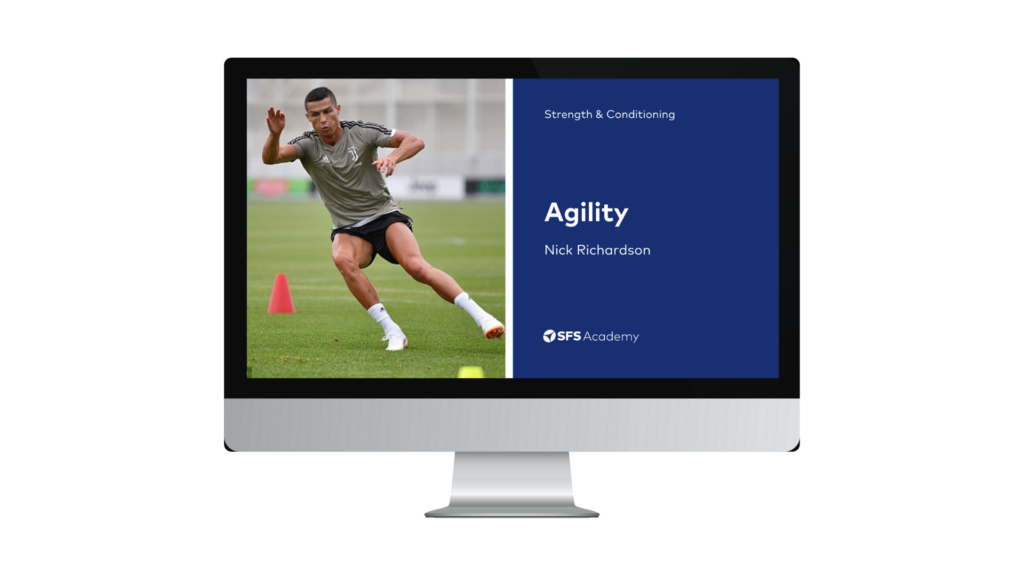This week in the world of sports science, here’s what happened…
- Drop jumps vs depth jumps
- Is AI the future of karate?
- Is CrossFit’s reputation for having a high risk of injury fair or unfair?
Drop jumps vs depth jumps

World-renowned strength and conditioning coach and sport scientist Eamonn Flanagan has consistently featured in SFS Weekly with his exceptional insights on various topics, including program monitoring, eccentric strength training, tapering, RSI thresholds, and training to failure. Last month, he shared a valuable table on X designed to help practitioners distinguish between drop jumps and depth jumps, which we believe is definitely worth highlighting!
The table displayed above illustrates the differences between drop jumps and depth jumps, focusing on key characteristics such as landing mechanics, drop height, foot placement, and ground contact time. Flanagan emphasises that the primary purpose of a drop jump is to enhance the stretch reflex and promote elastic energy recoil, while the goal of a depth jump is to boost neural drive and improve maximum force production.
Therefore, drop jumps typically emphasise shorter ground contact times, which demand increased leg stiffness. In contrast, depth jumps involve larger ranges of knee flexion and longer ground contact times, aiming to maximise jump height.
While many practitioners may have used the terms drop jumps and depth jumps interchangeably, it’s essential to recognise their distinct characteristics. Flanagan’s table is an excellent reference to clarify these differences.
Is AI the future of karate?

Kata is a fundamental aspect of karate, featuring a series of offensive and defensive movements arranged in a pre-planned routine that showcases both artistic flair and technical skill. However, evaluating kata performances can be contentious, often fuelled by human bias and inaccuracies among judges.
Recently, a study introduced an artificial intelligence (AI) system designed to analyse and evaluate the technical execution of kata movements in karate. Utilising image processing and machine learning techniques, the study revealed that the AI’s assessments closely matched those of experienced coaches and judges, underscoring its accuracy.
These findings may signal a new era for kata evaluations in karate. Efficient and reliable AI systems could not only revolutionise judging in competitions but also serve as valuable tools during training, offering athletes immediate and detailed feedback on their performance. If you are involved in karate, watch this space!
Is CrossFit’s reputation for having a high risk of injury fair or unfair?

A recent study on CrossFit-related injuries revealed some noteworthy insights. The research involved 456 CrossFit athletes and found that nearly 40% of participants reported experiencing at least one injury within the last six months!
The study identified the spine, shoulder, and palms as the most commonly injured areas, with exercises such as snatches, box jumps, deadlifts, cleans, and various pull-up variations being the main culprits. These findings confirm that CrossFit carries a high risk of injury, highlighting the urgent need for improved injury prevention strategies to ensure safer and longer-term participation in CrossFit.
Apologies to all the CrossFit enthusiasts out there!
From us this week:
>> New course: Nutrition for Injury & Recovery
>> New podcast: Data With Purpose: How the Houston Texans Use Sports Science to Drive Performance
>> New infographic: Hypertrophy Mechanisms
>> New article: Hydrotherapy
Access to a growing library of sports science courses
SFS Academy is an all-access membership to premium sports science education.
With SFS Academy, you’ll learn from some of the best coaches around the world as they teach you how to apply the latest research and practice with your athletes.




